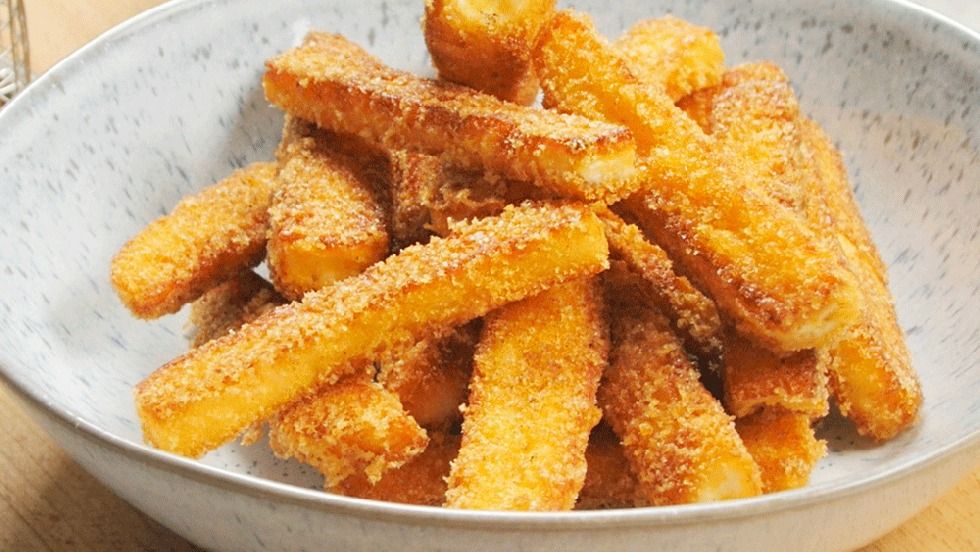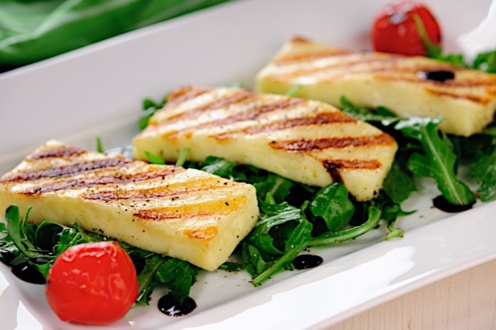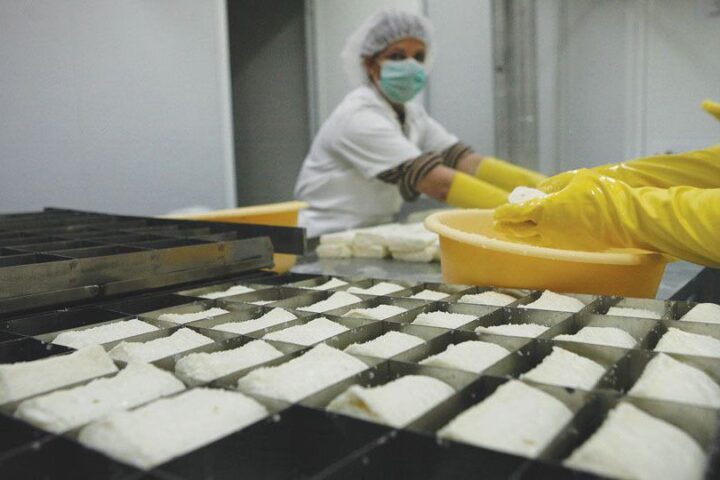Dairy producers can make Halloumi spinoffs, such as burgers and fries, under the EU-approved Product of Origin file (PDO), following a decision by the Ministry of Agriculture.
The ministry approved the latest changes and published them in the official gazette.
The decision allows dairy producers to continue producing halloumi offshoots for the local market and exporting them under the PDO label.
Before the decision, producers could not call spinoffs made from the squeaky cheese Halloumi, endangering a large portion of their exports, as these products were the most popular.
Halloumi cheese is considered ‘white gold’ worth €1.34 bln in exports from 2017-2021, with revenue expected to grow exponentially in the coming years.
According to the Ministry of Commerce, Cyprus dairy producers in the first nine months of 2022 exported 32,000 tonnes of halloumi worth €227 mln.
An increase of 23% from 2020 — the best year for halloumi exports.
The traditional cheese is a major export, along with citrus fruits, cement, potatoes, and pharmaceuticals, with a 16.8% share.
From 2017 to 2021, total halloumi exports yielded €1.34 bln.
Dairy producers owed their success largely to Halloumi spinoffs such as burgers and fries gaining popularity, especially in the UK and Scandinavia.
With its latest decision, the Agriculture Ministry has kept to its promise with dairy producers to end a dispute about what constitutes Halloumi.
The latest changes lift restrictions on the size and shape of Halloumi in return for cheesemakers withdrawing legal against the Republic and the cheese’s PDO file.
The deal also resolved the thorny issue of the ratio of cow to goat and sheep milk, with the Agriculture Ministry conceding to demands to postpone the implementation of the milk ratio until 2024.
After an initial transitional period, products may be labelled “halloumi” if they contain at least 10% goat and sheep milk during the ‘low’ season and 25% during the high season.
The low season is February to August when goat and sheep milk production is at its lowest.
For the rest of the year, the ratio is set at a minimum of 25% goat and sheep milk.
Based on the deal, the ratio is to be increased by 5% on top of 25% every year until the 50% level is reached in 2029.
Most lawsuits have indeed been withdrawn, except for a lawsuit filed by the Cyprus Cow Breeders Association.
Its stance is interpreted as an attempt to pressure the government to extend the transitional period of reaching the 50% goat and sheep milk ratio beyond 2029.










